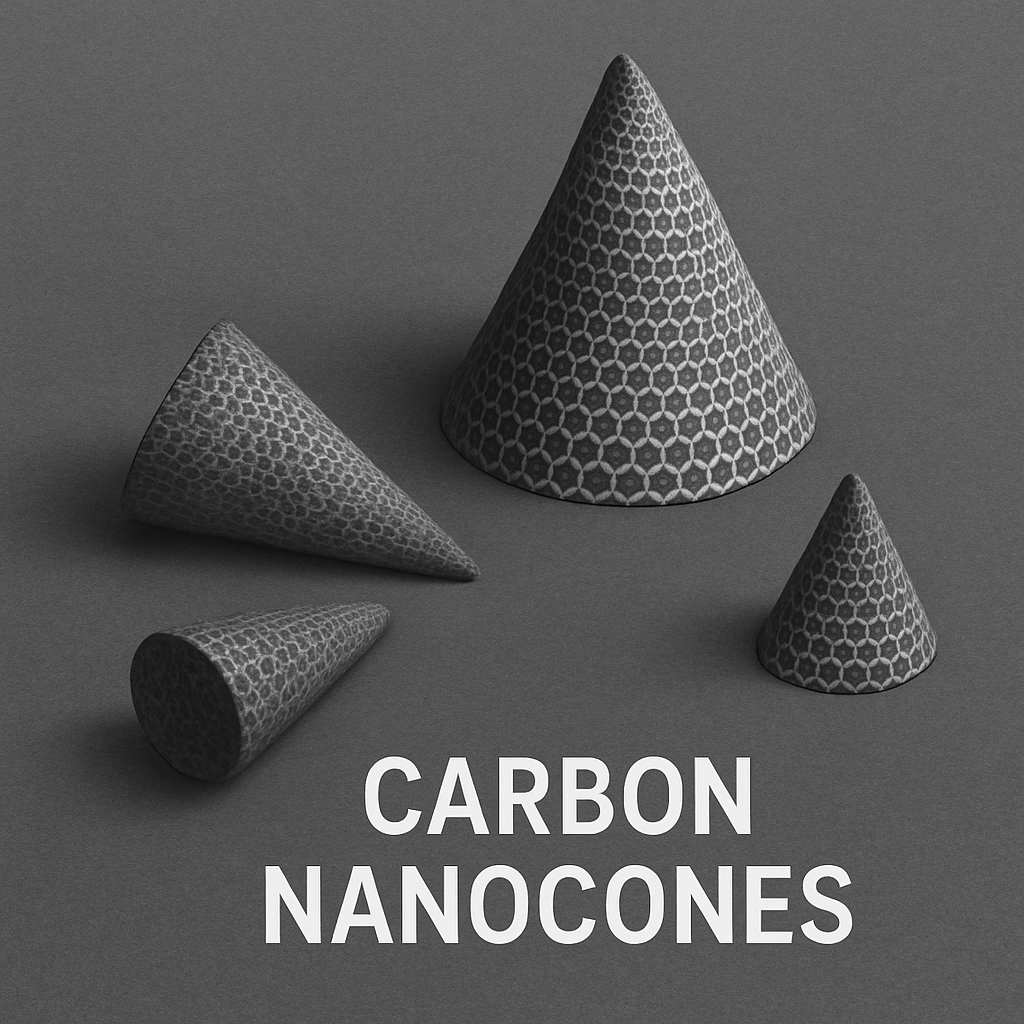Stability and charge distribution in carbon nanocones: a comparative study using GFN2-xTB and g-xTB methods
DOI:
https://doi.org/10.59783/aire.2025.80Abstract
Due to their unique geometry and favorable mechanical and electrical properties, carbon nanocones (CNCs) are increasingly studied for applications in electronics, optics, energy storage, and biomedicine. In this computational study, we investigate the structural and electronic stability of several CNC systems with different disclination angles, using two modern semi-empirical methods: GFN2-xTB and g-xTB. Geometry optimizations and property calculations were performed for each system, with particular focus on the HOMO-LUMO gap as a measure of molecular stability. In addition, dipole moments were computed to gain insight into charge separation and polarity across the nanocone series. All calculations were carried out using the Atomistica.online 2025 platform. The results show that the NC60 nanocone, corresponding to a 60° disclination angle, exhibits the highest stability among the systems studied. This work provides valuable comparative data and further insight into the structure-property relationships of carbon nanocones, contributing to their potential application in nanotechnology and materials science.

Downloads
Published
How to Cite
Issue
Section
Categories
License
Copyright (c) 2025 AIDASCO Reviews

This work is licensed under a Creative Commons Attribution-NonCommercial-NoDerivatives 4.0 International License.

